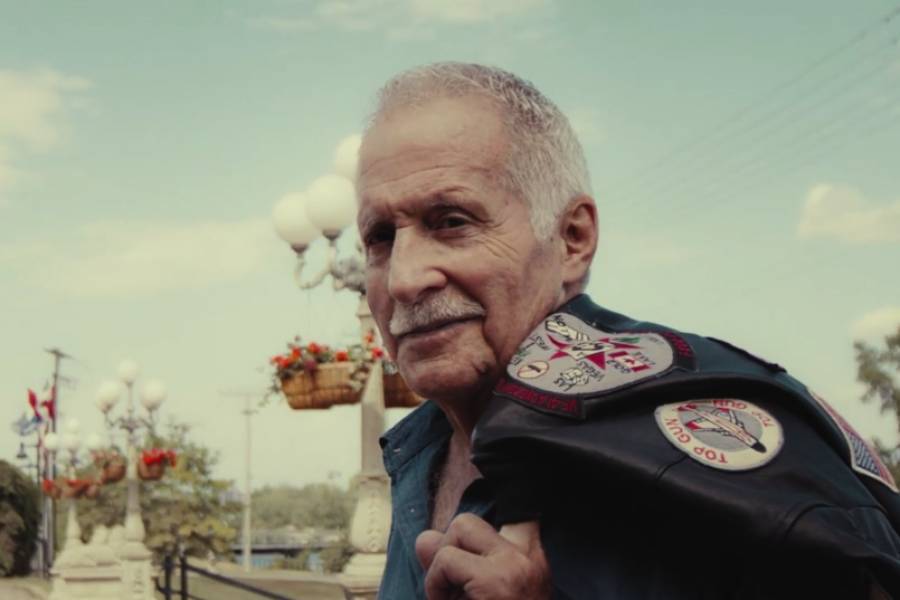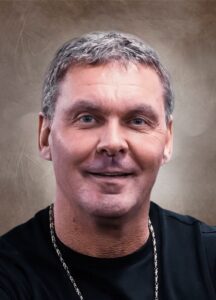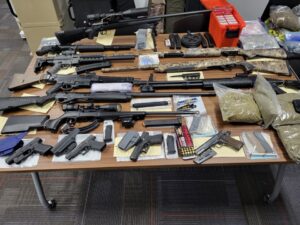Raymond Boulanger was quite the character, and also, quite the pilot. He had a nick for the charisma he portrayed, mainly, when he was apprehended in an arrest while taking flight and smuggling nearly 5 tons of cocaine from Colombia for the Montreal mafia on November 19th, 1992. When media was snapping photographs of him, he simply smiled and winked for the camera. Portraying no care in the world. Keep in mind he was caught with 5 tons of cocaine.
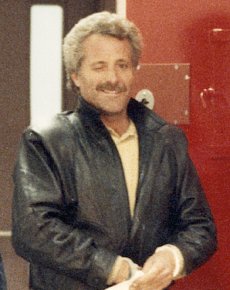
Boulanger had lived a hell of a life, not only did he smuggle tons and tons of cocaine into North America by plane, but he was also a mercenary for the CIA. Smuggling guns down South to the right-wing militia group, the Contras, with Manuel Noriega acting as a facilitator. And smuggling cocaine back up North. He recalls how the CIA had set-up numerous business’s as fronts to facilitate their ultimate goals, mainly to fight against the threat of communism.
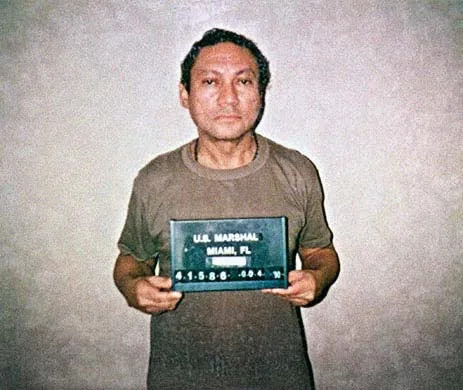
It’s hard to trust the government when they had been directly involved in the cocaine boom of the 1980’s and makes you wonder if there are more recent scandals they were involved in. If you ask Boulanger, he’ll tell you times hadn’t changed since. This is a story of a Quebec resident who lived a life that’ll bring shivers deep down in your core. This is the story of Raymond Boulanger, a contract pilot for the CIA, Cartels, Mafia and several others.
Boulanger was born in 1948, in Rimouski, Quebec, to a Scottish mother named Jean Rennie Crichtom and Jacques Boulanger who arrived in Canada in 1945. Boulanger recalls how his father was involved in the prohibition alcohol-trade in the 1930’s through 1940’s, being a watcher so the shipments wouldn’t get stolen.
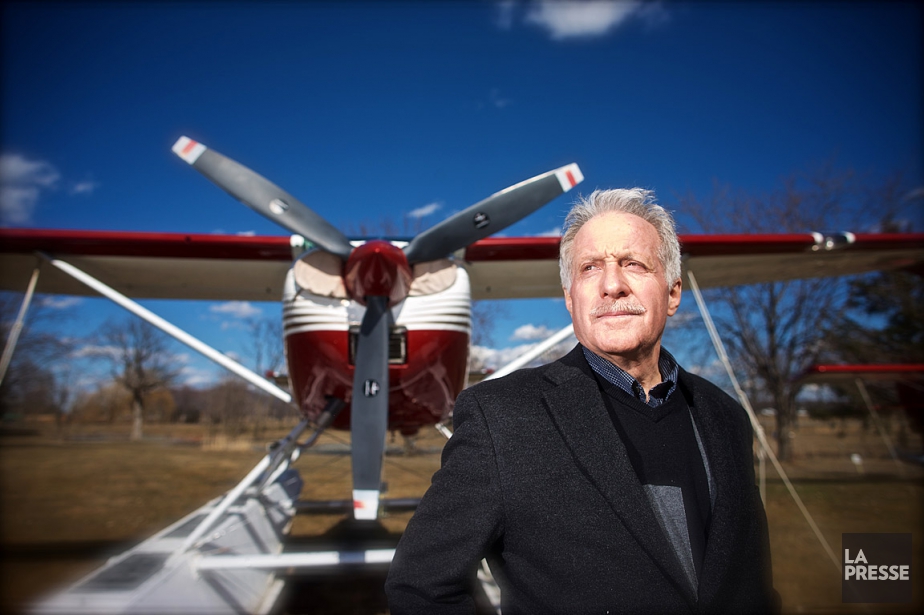
In 1966, Raymond Boulanger had signed up to a piloting school named Won-Del Aviation in Cartierville, on Boulevard Laurentien. Cartierville was the capital of piloting at the time. Ghislain Durocher, who was one of Boulanger’s first piloting teacher described him as energetic and recalls nick-naming him ‘Le Flo’ (The Younging).
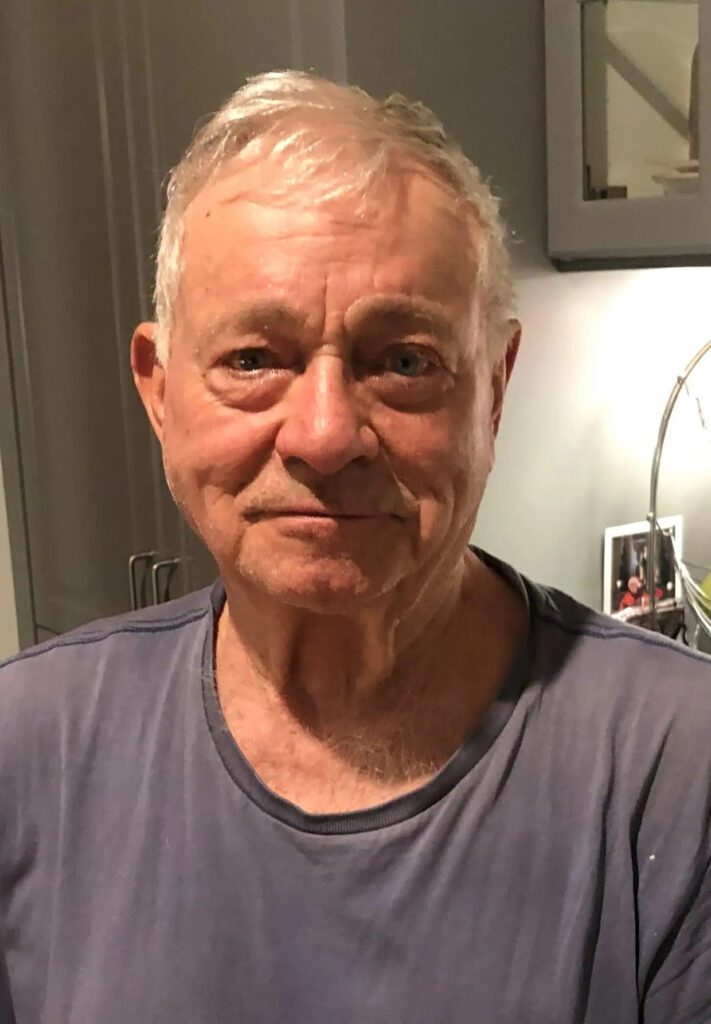
1966 was also the year he had met his first wife. At only 17 years old he had managed to date a girl who was 19 years of age, Louis-Marie Leclerc. Within a year of meeting each other, Boulanger had decided to marry Leclerc. A friend Leclerc was with at the time Boulanger and Leclerc met, and had also married Ghislain Durocher, Boulanger’s instructor.
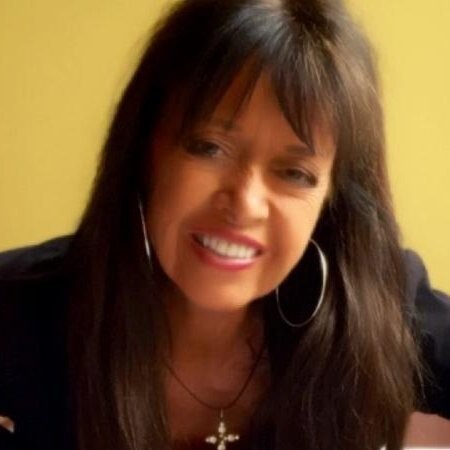
Boulanger would often take Leclerc with him on his leisurely flights, she recalled Boulanger making impressive maneuvers while on these flights, some of them risky. In May of 1968, Boulanger would take a flight one evening with a friend by the name of Robert Arsenault. They departed at Aeroclub Galaxie in Sainte-Therese, a town on the north end of Montreal. The flight was only supposed to take a total of 20 minutes or so. Louis-Marie Leclerc was waiting with Boulanger’s instructor at the landing strip, but there was no plane in sight, hours passed.
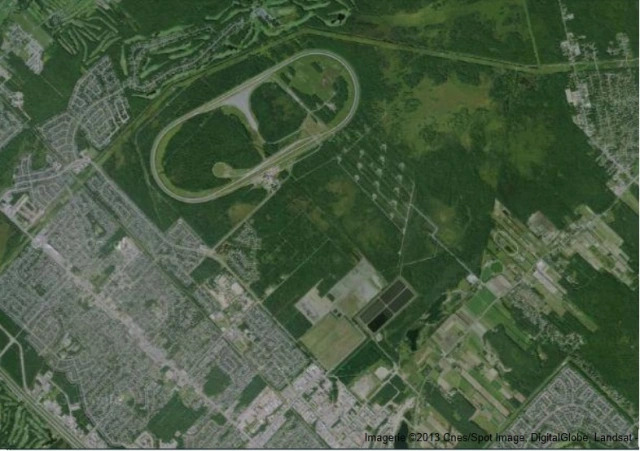
The plane crashed in an old military base named the Camp Bouchard. Boulanger, the pilot of the flight, was propelled thought the window at the time of the crash-landing. Robert Arsenault, the passenger was not so lucky, he had died during the impact. Leclerc and Boulanger’s instructor, Durocher, were getting worried. With a few phone calls, they had finally managed to locate where the crash had occurred. Boulanger was sent to Saint-Jerome Hospital where he spent roughly a week at. This accident did not scare Boulanger away from flying. Robert Arsenault was only 22 years old at the time, it was hard for Boulanger to have empathy towards the death even though he was not held criminally responsible, stating that regret never served anything to anybody.
Throughout the end of the sixties, Boulanger became a bush pilot. Frequently flying planes such as Cessna 180s and patrolling the woods for forest fires.
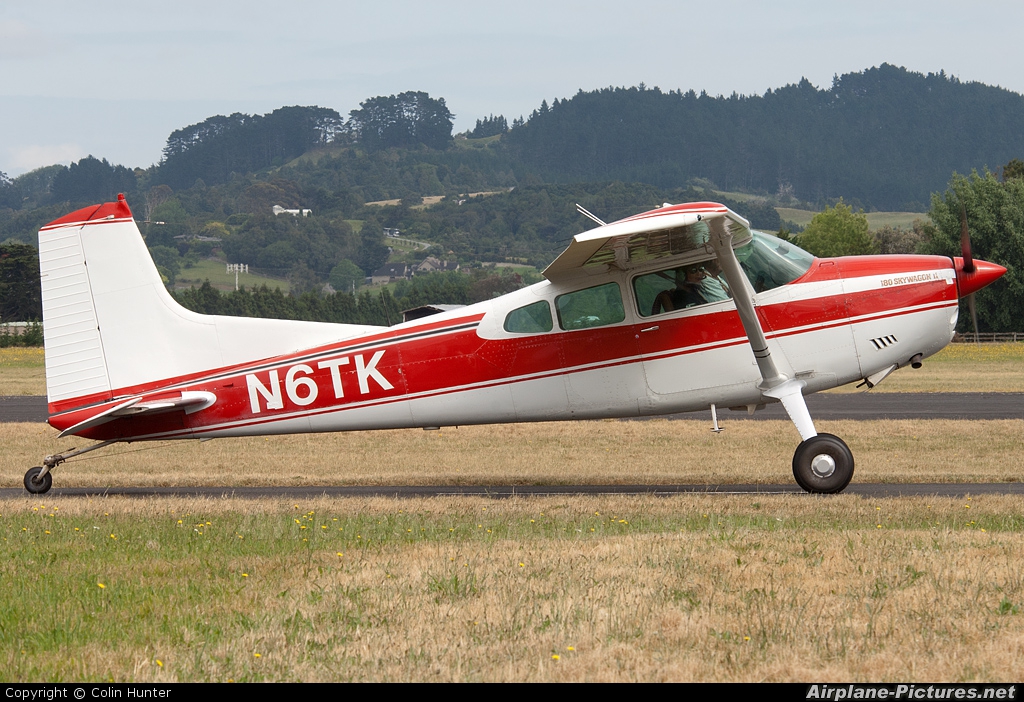
He recalls being a witness, at the time, to authorities finding Pierre Laporte’s body at the St-Hubert Airstrip in 1969. The separatist terrorist group named the FLQ kidnapped the finance minster to put pressure on their demands of a manifesto written up by the group. Boulanger had parked his Ford Mustang near the scene of the crime that day, but was still a virgin to wide-scale international drug smuggling rings in that era. The Front de Liberation de Quebec was a terrorist group similar to the IRA, that fought for complete independence from the British monarchy, and the separation of Quebec from Canada. They had initiated 2 kidnappings in the ’60’s, along with nearly 300 bombings in the province of Quebec.
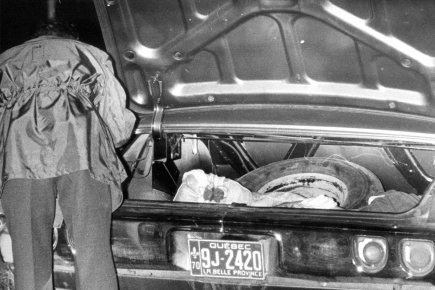
In 1971, there was a huge forest fire that broke out in Chibougamau, Boulanger was one of the bush pilots responsible for getting people stranded in the woods, most notably American tourists during this event. Boulanger had to crash land, this time in a lake with there being no casualties on his mission to extrapolate the American tourists. The group was stranded for nearly 13 days. Another plane leaving from Albanel, Quebec, finally intercepted Boulanger and the group. Leclerc and Boulanger would later split up when Leclerc offered an ultimatum after the doomed flight, to either quite flying, or she would leave him. Boulanger decided the latter.
Throughout the following years in 1972 and 1973, Boulanger would start his mercenary career as a pilot during the Vietnam war, partaking in Black Ops missions. He recalled how the owners of the Cartierville runway at the time had two Asian owners, who were pilots in the second world war. They offered Boulanger a job by making flights to Asia. Boulanger responded “Why not?”.
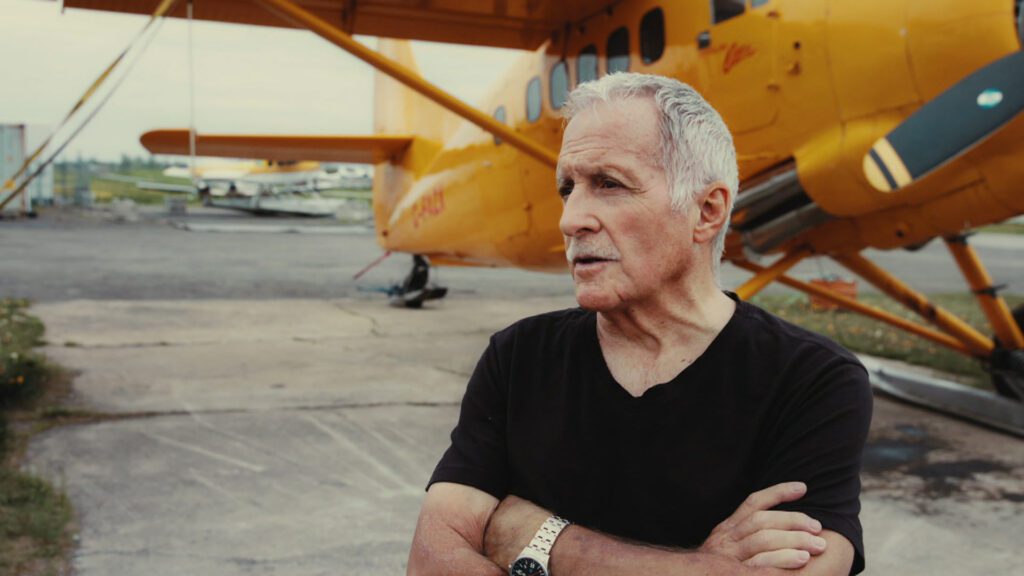
Boulanger’s job was to get American troops out of Laos and Cambodia since the war was starting to come to an end in some parts of South Asia. He recalls how he would enter, get the troops and exit the area as fast as possible, being shot at by the Vietcong along the Ho Chi Minh Trail. Boulanger would note how the conditions of his flights were the hardest he has had to fly in. Some of the operations he had partaken in where also very doubtful and highly illegal.
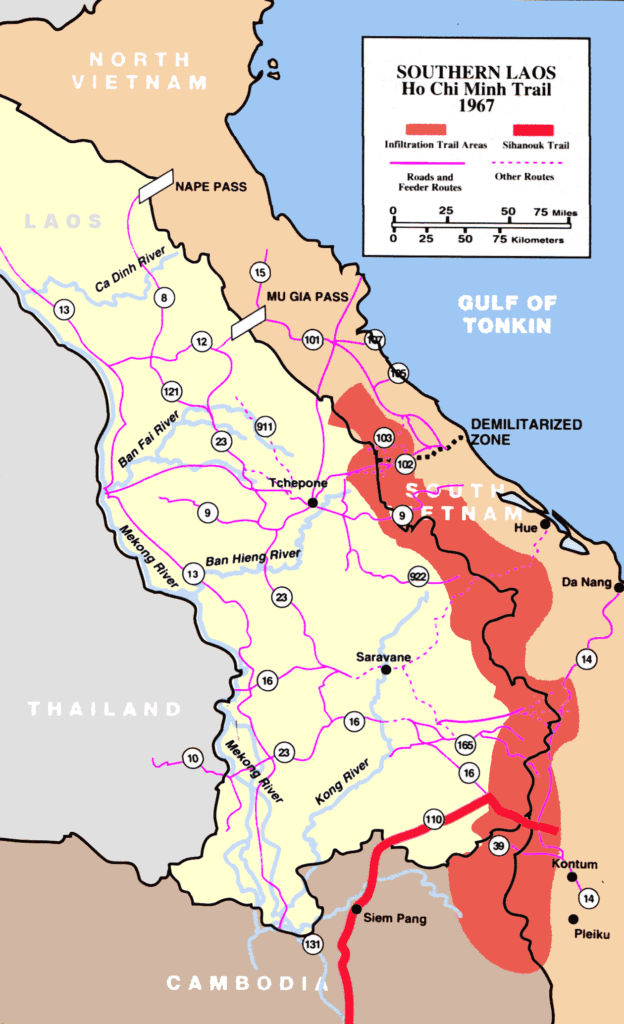
On his return to Montreal after his flights in South Asia, Boulanger had frequented a social club for pilots. Whether they served in World War 2, were retired or worked for Air Canada, it didn’t matter. This was called Club Astronaute (Astronaut’s Club). During his visits to the club is where his career swiveled. He meet a man name Peter Knox, who was a stunt double for actor James Coburn at the time. While having a drink with Knox one night, Knox offered Boulanger a job. To smuggle marijuana from Mexico to the United States, this is where Boulanger’s criminal career took flight in the summer of 1973.

But it wasn’t just Knox that introduced Boulanger to smuggling. A lot of veterans were coming back from the war in Vietnam at the time. Ousted by the American government and by anti-war supporters, they had nothing to lose, most notably the pilots. Which is when they partook in the action and crime of smuggling. Boulanger held a high regard for those veteran pilots. Boulanger would depart from Florida, fly to Mexico and come back to Florida with a massive quantity of marijuana. During this time is when he would first fly to Colombia.
Boulanger would often times fly to La Guajira, a region in Colombia with short runways, where they would load the plane with cannabis. During these flights, he recalls having to fly lower to the ground to avoid aerial authorities. La Guajira was a neighboring region to Venezuela, which was popular for underworld figures. A lot of the future flights would take place in the region.
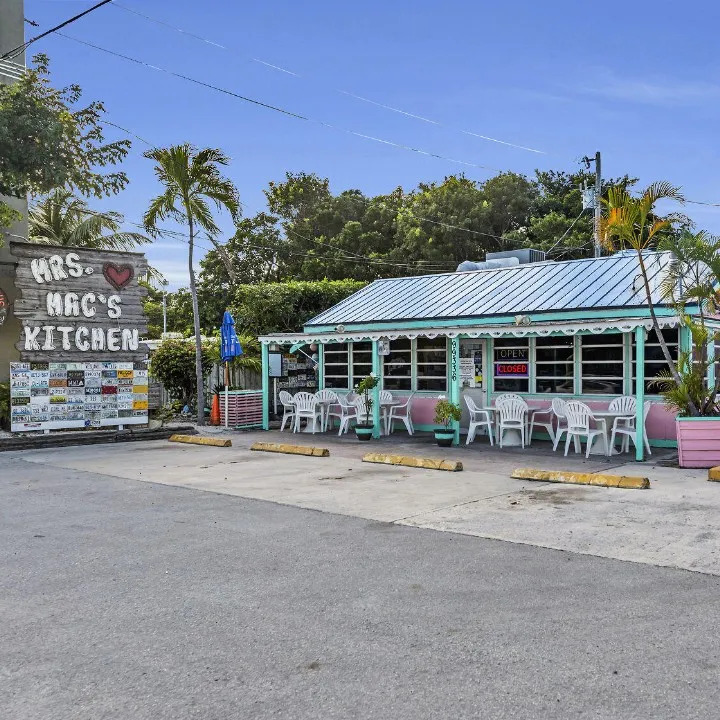
On one of his back and forths from Florida to La Guajira, Boulanger would meet a man at Mac’s Kitchen, a popular resto-bar for pilots in the keys of Florida. This would have been the time where Boulanger would become an employee for ‘Southern Airlines’. A company that was set-up by the CIA, and was a front to smuggle firearms to South America.
In 1975, Boulanger had a daughter with a second wife, which he had bought a house with in Bonaventure, Quebec. He had daughter in 1975, and then had a son with the same women in 1976. Throughout the end of the 70’s, Boulanger had found a new employer. He only executed his drug smuggling operations and CIA activities during his vacations. His employer had suspected he was up to something, but could never pin anything on him. Boulanger also remarked how he didn’t take every mission he was offered. He also remarks on how he wasn’t just smuggling drugs, but weapons and people also.
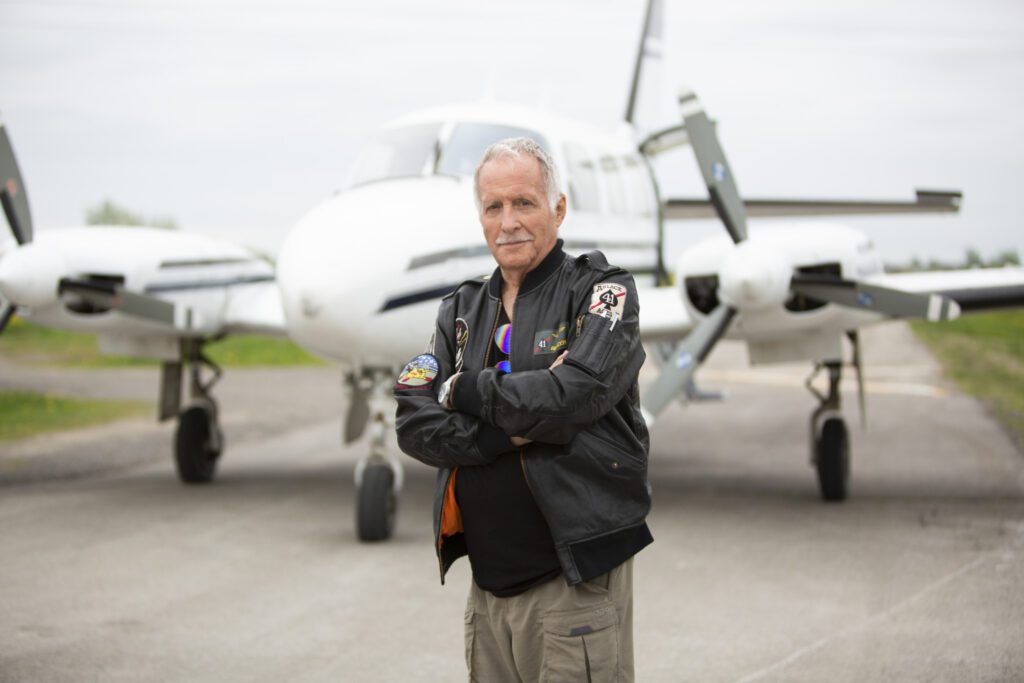
Around this time of Boulanger’s life, he started to get involved through the CIA, in the Sandinistas and Contras conflict. The classic conflict of left versus right on the political scale. Boulanger would ship guns to the right-wing Contras in a DC-3 type airplane. This meant that the CIA were backing the Contras by supplying them with firearms in efforts to bring an end to communism in South America. Boulanger recalls being shot at by the Sandinista Nation Liberation Front on his flights to Nicaragua in his DC-3, and laughing with colleagues on how much the plane had been riddled with bullets.

It wasn’t just weapons that Boulanger would smuggle to Nicaragua, but food and medicine also, to help aid the Contras part of the Nicaraguan conflict. Boulanger would soon realize that the plane in which he was piloting was never empty. His curiosity got the best of him and he peaked at the cargo he was flying back to Miami, Florida. It was cocaine, take it, this wasn’t the first time he was smuggling drugs, he was taken a back.
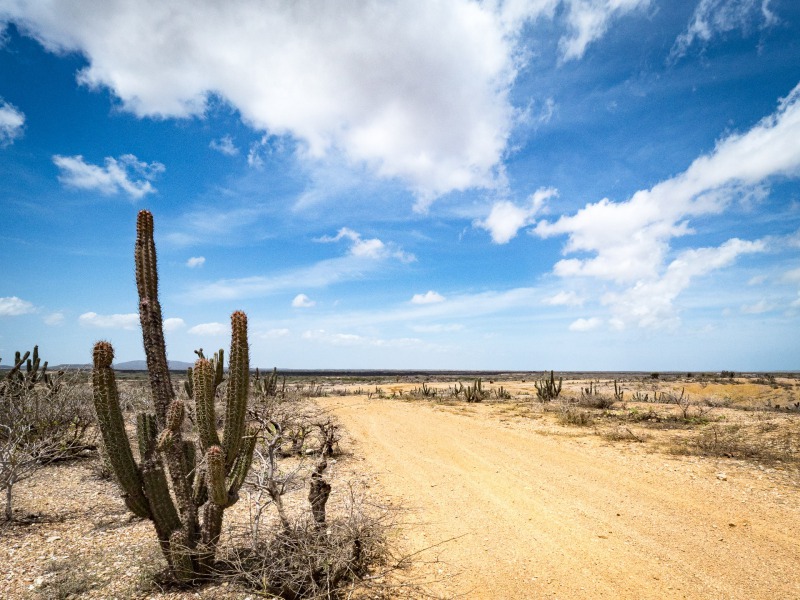
To finance war, you need a lot of money, tons of it. The CIA was also suspected to have financed the cocaine boom of the ’80’s, and taking the money to fund the war. Manuel Noriega acted as a facilitator between the CIA and the cartels in Colombia. Noriega was the military leader of Panama, which is a transcontinental country sandwiched between Costa Rica and Colombia.
In 1984 Boulanger recalls being in Colombia and witnessing a soccer game. At one point the ball drifted off the field and he would kick it back to the players. Later in the game, one of the players would invite Boulanger to have a drink with them at a bar. That player, was Pablo Escobar. Throughout the evening, Boulanger would agree to fly for him. In the beginning he recalls it being only marijuana, but that would soon switched to cocaine, which took far less place, and was more profitable than cannabis by a longshot.

Throughout these years, in 1986, Boulanger would split up with his second wife, with her leaving to Edmonton and taking the 2 kids with her. Boulanger would later state that his work was a priority, although his ex-wife and kids would never miss out on a payment of child support.

Boulanger recalls how every kilogram he transported would have a trade mark, whether it be a scorpion, a dollar sign of it was wrapped in gold foil. During this time, an explosion of piloting licenses had been given out, but most new pilots didn’t have the experience in which Boulanger had, leading to many crash landings and deaths. Mostly due to flying too low to the ground or packing the plane with too much weight. This is when Boulanger had stepped in to coach the new pilots on how to fly and avoid certain flight paths that could get them caught. He taught, and they listened.
In 1986, Boulanger had landed Los Llanos de Baturi, an airstrip in the Andes of Colombia. But on his arrival, he was surprised by 2-300 military personnel. The Colonel had asked him to go have a drink with Boulanger while the men unloaded and loaded the plane. Once Boulanger took flight again and landed further down in Colombia, the cartel men where celebrating, having just played a sick joke on Boulanger. They then informed Boulanger how the men were on the cartel payroll, and it would be normal to have military greet him upon his landing.
Boulanger would meet CIA personnel in Bogota, he would meet them once a week to gain the flight plan in order to avoid authorities. The real enemy of the cartel at the time was the DEA, which had a hard time pinning down Raymond Boulanger. Boulanger was never addicted to anything, and even noted how important it was to have a clear head while executing the type of work he was doing. But he had noted how much he loved the adrenaline from the smuggling, he also portrayed the signs of a workaholic. He also noted the amount of money he would make of this type of work.
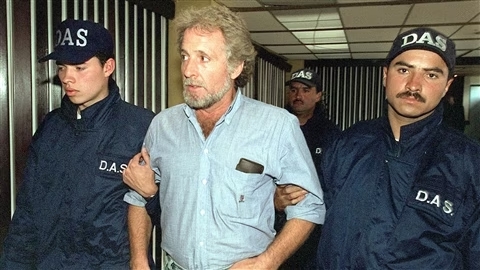
At one point the DEA seizing planes had become a problem within the Colombian cartel. They tasked Boulanger to go buy the same planes that the DEA was auctioning off and flying them back to Colombia. This led to Boulanger’s first arrest in 1988.
He was tasked with buying and retrieving a Mitsubishi MU-2 plane. He bought the plane and set out to Burlington with his father, Boulanger always carried 100,000$ on him for the purchase of the aircrafts. His arrest took place when the duo crossed the border from Canada to the United States.
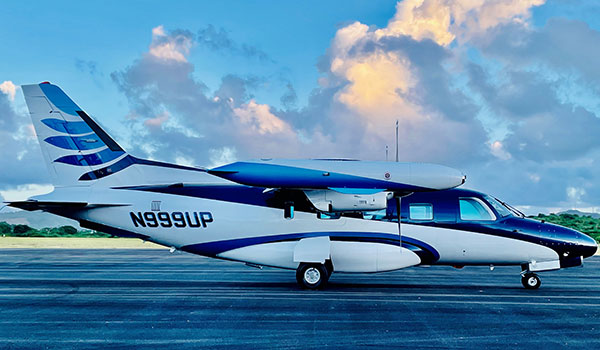
As a citizen, you can only cross the border with so much money, in which, Boulanger was well over the limit. Even though Boulanger had the border authorities fax the auctioneer in Broward County, Florida, to have them tell the border he was a regular client. Raymond had 65,000$ in a briefcase, 60,000$ over the limit, and his father had a wad of money in his wallet. Boulanger was sentenced to 18 months in prison and his father to 12 months. They spent this time at Danbury in Connecticut at a federal prison.
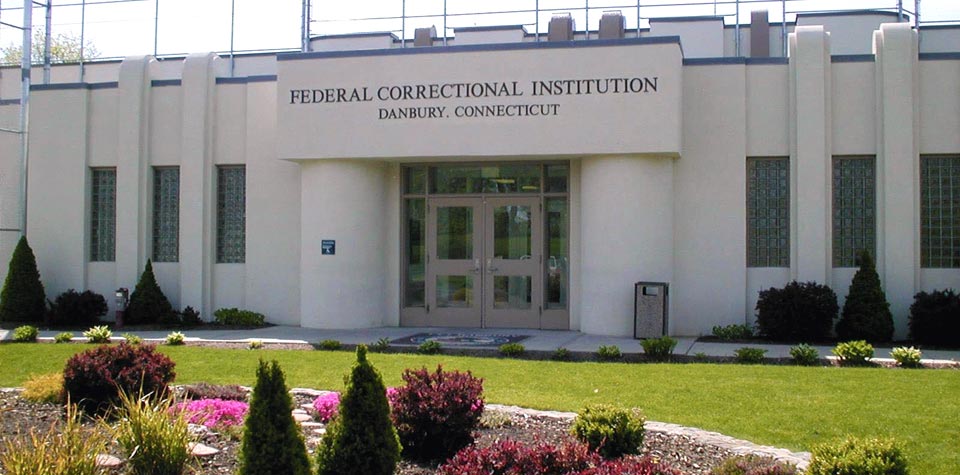
If Raymond Boulanger had a C.V., it would trump all criminals in the country of Canada. During his stay at the prison, he was held in, at Danbury, Boulanger met a Belgian arms dealers who needed a pilot. Which is when he stepped in, shipping firearms to Africa, the Middle East, Peru and Colombia. Boulanger didn’t bother to ask the clients what they needed the weapons for, but simply minded his own business. He would also furnish different police corps around the world with the ammunition they needed to enforce the law.
In 1989, Boulanger recalled doing business if Bruxelles in Belgium, since the headquarters of NATO were located there, he also recalls it being an epicenter for arms trafficking. They would supply him with a list of what different military corps would need around the world, which Boulanger would buy from his Belgian arms dealer and then deliver. Most had been done illegaly. He recalled doing most of his business in Iran. The sales of arms would even go as far as selling combat planes to the Iranians, Boulanger would also sell to Kadhafi and the Libyans.
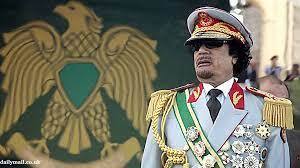
In 1990, the Gulf War would start to take place. A major conflict between Iraq and the United States. Supplying to mostly the Middle East, Boulanger decided to withdraw from his career as an arms dealer. He would receive a call, that would make him go back to drug smuggling.
Boulanger was was approached by the Montreal Mafia through associates in Belgium. The mob had tried twice to get a pilot to smuggle cocaine, but neither of them succeeded. This operation would eventually lead to Canada’s biggest drug bust, nearly 5 tons of cocaine being transported to Quebec. The Canadian military had established several airstrips in the cold war. One of them being the Casey Emergency Airstrip located in the town of Casey, Quebec.

Boulanger had set up and practiced the operation on the Casey Emergency Airstrip to see if it was do-able. It was far beyond achievable. To get to Colombia and back, it took a time of nearly 24 hours. The cargo would be between 4000-5000 kilograms of cocaine. The question remained, what was the ideal plane for this mission. The plane was a Convair 580, which cartels obtained for him in Colombia from Avesca, a company led by Luis Carlos Herrera, a pilot, who was well in-tune with the cocaine trade in Colombia.
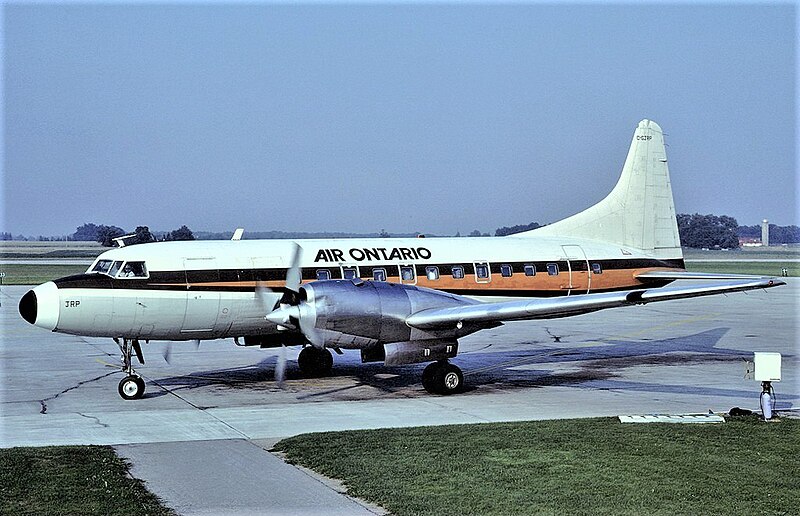
The plan was to load the cocaine up as well as gas that would be needed for the plane to reach the Casey airstrip. A ballsy move for a pilot. Every marking or graphic on the plane would be removed for the flight. Boulanger would then spot a decommissioned Convair 580 on a Quebec Airstrip and have the graphics and markings be set on the Convair 580 actually used for the smuggling.
He would then meet the mob associate that would wait for him at the end of the runway in Casey in the Champ-de-Mars metro station in Montreal, a man by the name of Christian Deschenes. Boulanger held high regard to the saying ‘no face, no case’, but it was too late, both parties had met, which irked Boulanger, he didn’t want to meet, or even see the people associated in this drug-run.
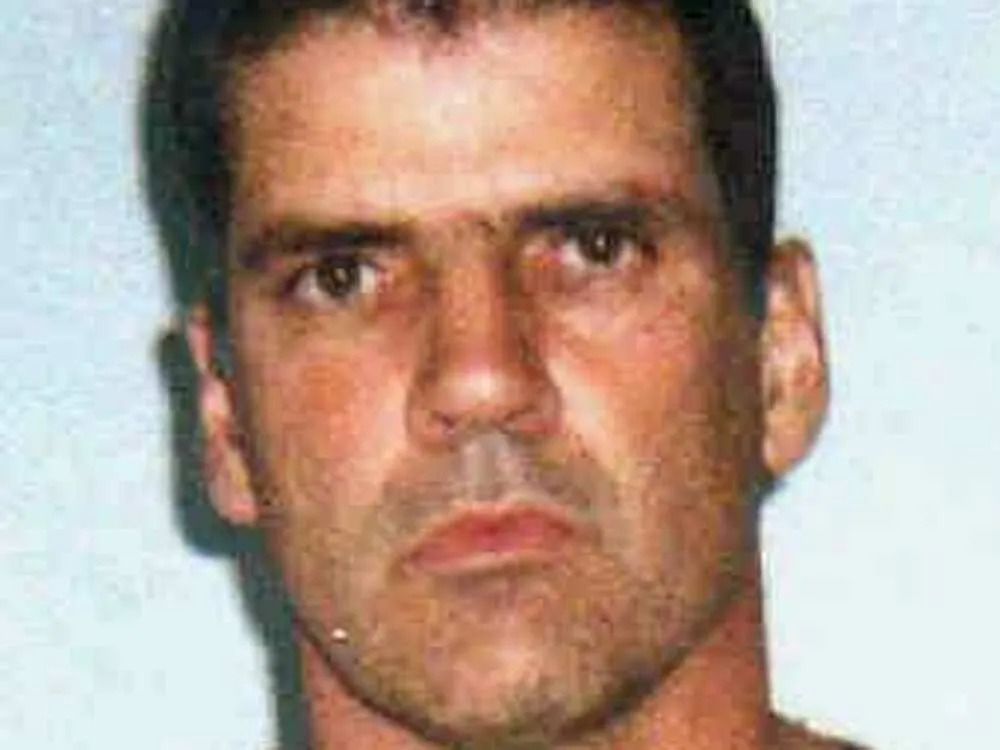
Boulanger was not alone during this flight, but had a co-pilot along with two other technicians. Boulanger left Bogota, Colombia around 5am, to which he would land in La Guajira at 8am. A man by the name of Juan Carlos Montes acted as his co-pilot during the flight and was paid 75,000$. The two other technicians were Jose Gonzales and Jorge Enrique Rojas, who were paid around 50,000$ each.
Nearly 2-300 men were present while loadiong the place, Boulanger remembers telling them to stop, when men were getting ready to load of another 300-500 kilograms on top of what had been already loaded. He then took flight. From the very beginning of the flight, he was being followed by a Lockheed Orion PC-3. Boulanger hadn’t taken into consideration the surveillance that was taking place during the loading. It’s still a mystery to why Boulanger hadn’t landed on a airstrip knowing he was being followed. The Orion PC-3 was 400 miles behind him and redirected flight. Boulanger knew the PC-3 had to return to his base, which is why he kept going.
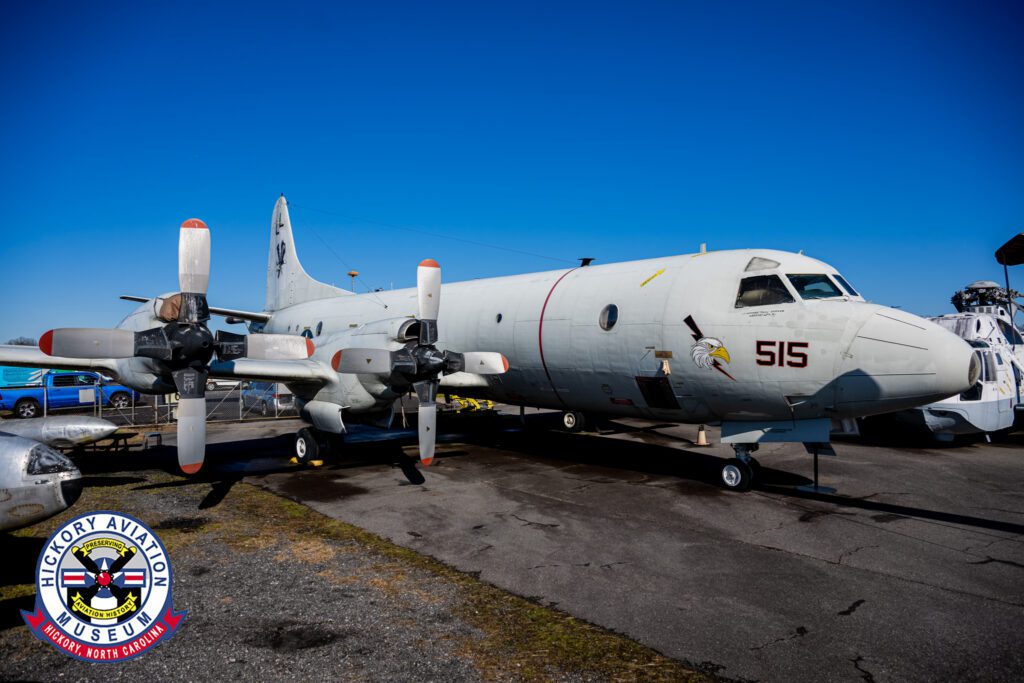
The second obstacle he faced was a hurricane to the north of Bermuda, soon enough he was in the clear from the storm. His co-pilot wasn’t used to this type of turbulence. After the storm, the team took time to break to have lunch with coffee. It seemed as Boulanger and his crew wasn’t out of the dark yet, when 2 CF-18 fighter jets had appeared in his rearview. They were Canadian CF-18’s that came from Bagotville, Quebec. Boulanger would out-run them thanks to the low fuel tank on the fighter jets, but there were two of them, taking turns following the Convair 580 and refueling in Fredericton, New Brunswick. He would eventually lose both fighter jets along the Maine and New Brunswick border. Nearing the Casey airstrip, the crew shut of the radio off to avoid detection.

Upon his landing, Boulanger had seen tire tracks in the snow, indicating activity on the abandoned airstrip, but no vehicles or even human-beings were seen. On the 18th of November, RCMP were warned by parliament of a plane that would supposedly have been used to smuggle cocaine from Colombia. The RCMP located in Quebec, sent their agents to several airstrips throughout the province. Christian Deschenes and his crew had been absent to unload the place of it’s cargo.

With no one to unload the cargo, and landing towards 9am on November 18th. Boulanger decided to hitch-hike. The suspicion factor was high though, since he had three Colombians trailing behind him. A Casey resident by the name of Rene Vandal, had seen the plane land near the Casey airstrip and had decided to check out what was going on. Boulanger was looking for a phone, which Vandal was ready to offer him a ride to the nearest convenience store, which was name Depanneur Ti-Jean Hudon around 20 minutes from the airstrip.
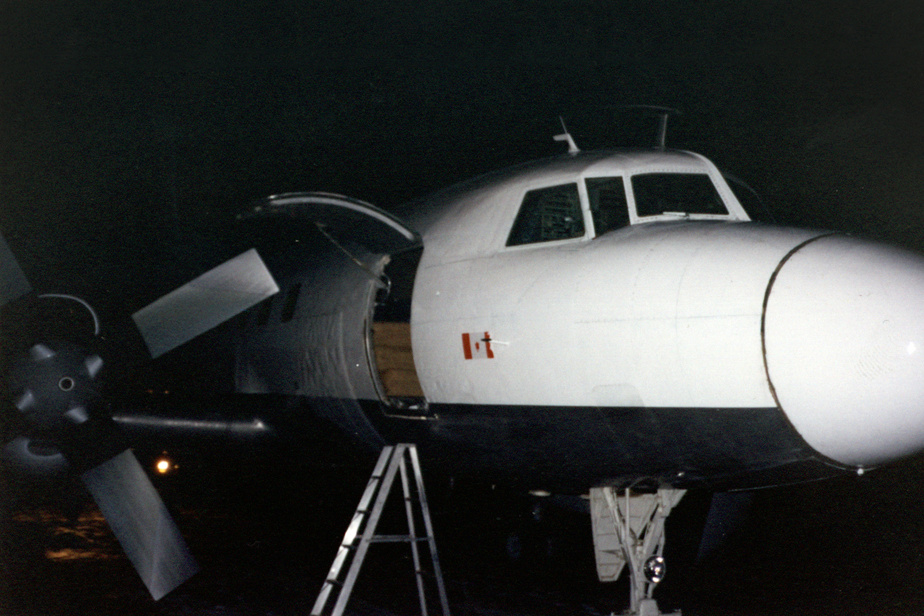
The phone call Boulanger placed was to Christian Deschenes, who had left the airstrip at 7am when the plane arrived towards 9am, hence, the tire tracks in the snow. Boulanger had come up with a plan B though. He called up a pilot friend asking him if he could get a plane to Casey. Boulanger would plan to head to Montreal with the crew, the 3 Colombians. His plan was essentially to hi-jack another plane to get out of this sticky situation. Meanwhile the RCMP headed to an airstrip in Sherbrooke, hoping that the plane from Colombia would have landed on that airstrip. They found nothing.
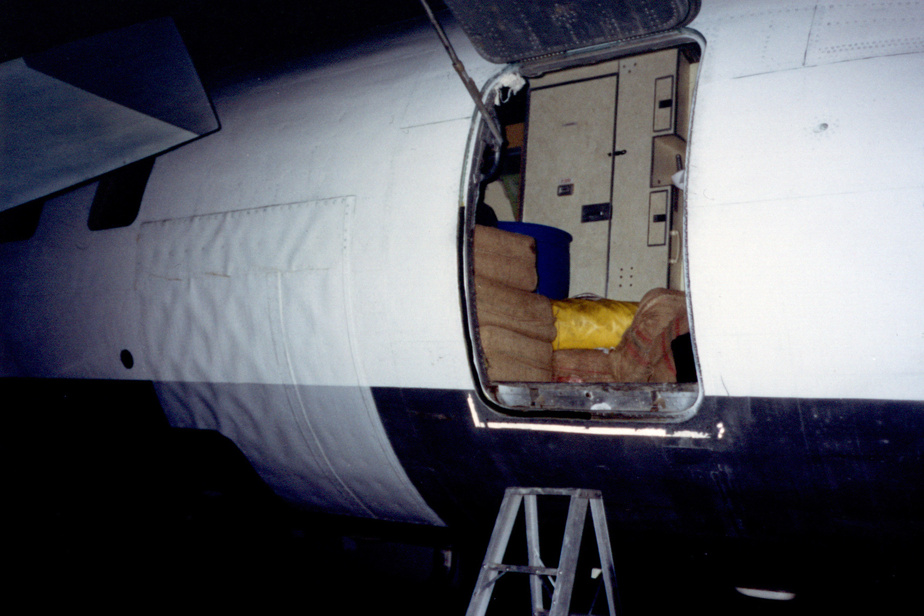
While awaiting for the plane to land at Casey, Boulanger rather noticed two CF-18’s flying low and jetting by, the three Colombians were visibly shook. Vandal who had offered the ride in the first place started questioning Boulanger who ultimately, went to go call the cops. Boulanger and his crew would start walking into the freezing cold. They were headed to a pulp mill named Camp de la Stone Consolidated, south of Casey. This is when the RCMP found out that the airstrip they had been looking for was in Casey.
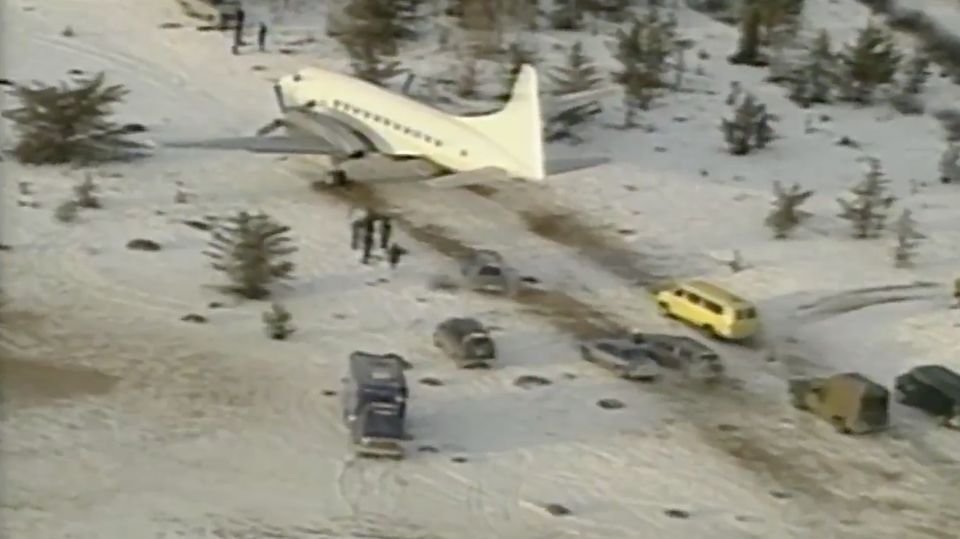
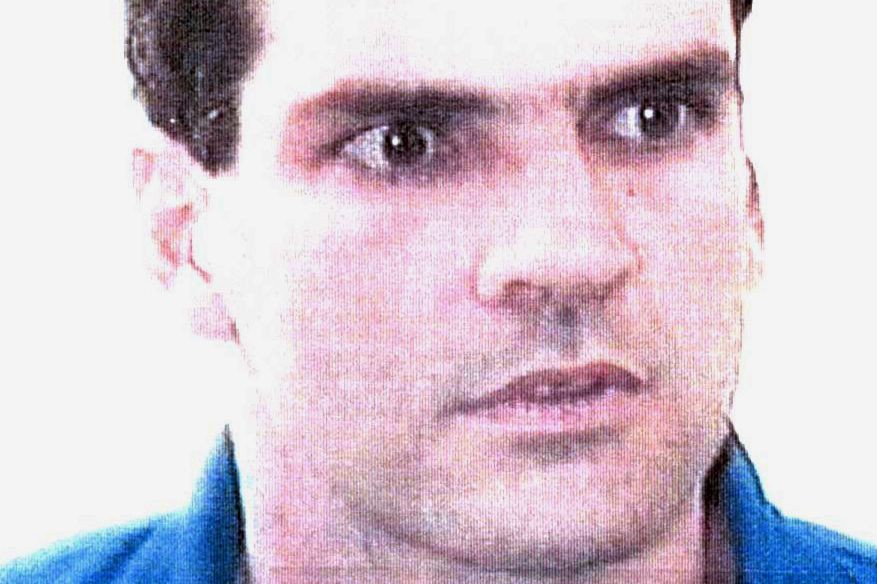
Boulanger and his crew eventually bumped into an employee of the pulp mill, who had called his boss concerning the incident. At around noon of that day, an RCMP helicopter landed on the Casey Emergency Airstrip. Boulanger’s arrest would take place when he bumped into an RCMP officer and denounced the fact that he was the pilot of the Convair 580. He would further tell them there was cocaine on the plane.
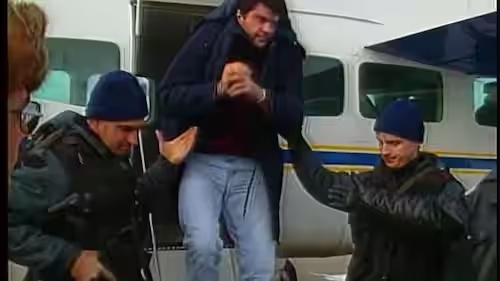
The RCMP would be told by authorities to wait until further back-up arrived, but anxious, they boarded the plane. Other RCMP branches swarmed to the Casey airstrip towards 2pm that day. Authorities also noticed the tire tracks present upon their arrival, the tracks came from Christian Deschenes and Antonio Sforza. Although, Boulanger was caught, the three other Colombians he was with were still missing. The RCMP followed their tracks and found them in the woods, with one of them suffering from hypothermia.
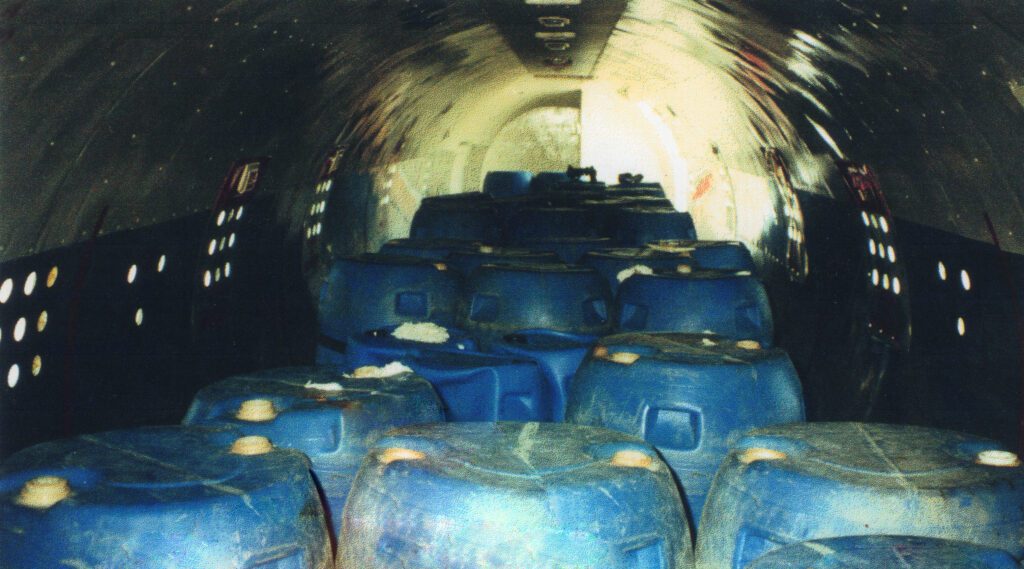
Christian Deschenes and Antonio Sforza when then located in a pick-up truck from one of the roads leading to Casey. The news and media had a field day following the incident. First they reported 3 tons, then 4, and the number eventually rose to 4.5 tons of cocaine. They transported Boulanger to the courtroom in La Tuque, Quebec by helicopter, which is when Boulanger had been photographed winking at the camera. The 3 Colombians were served with a sentence of 20 years, while Boulanger was served 23 years behind bars at Donnacona Penitentiary, a federal prison located a half an hour from Quebec City.
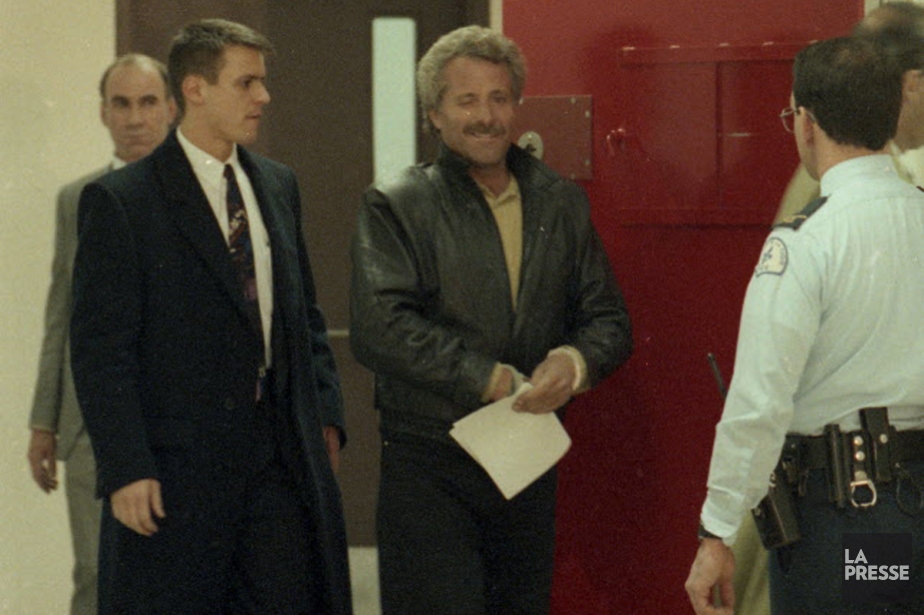
Although, it might seem as this brings an end to Boulanger’s adventurous life. It doesn’t. But where can one go from the confines of a cell? On the other side of the prison fence? To freedom? This is exactly what Boulanger had in mind, well, somewhat.
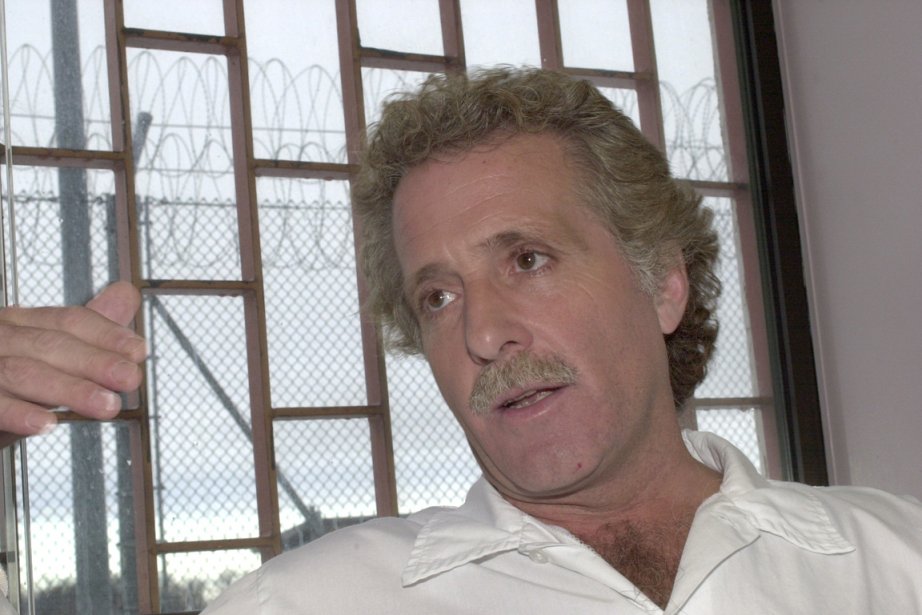
Raymond Boulanger sought protection in prison from some of his old friend in the West End Gang, a gang mainly made up of Irish criminals who had immense success in dealing cocaine and committing bank robberies throughout the end of the 20th century, with characters suck as Frank ‘Dunie’ Ryan and Raymond Desfosses. Christian Deschenes was held at the same penitentiary. Throughout that time in the ’90’s many prominent underworld figures were held there, such as Quebec City’s Yves ‘Colosse’ Plamondon and Rizzuto family associate Juan Ramon Paz Fernandez.
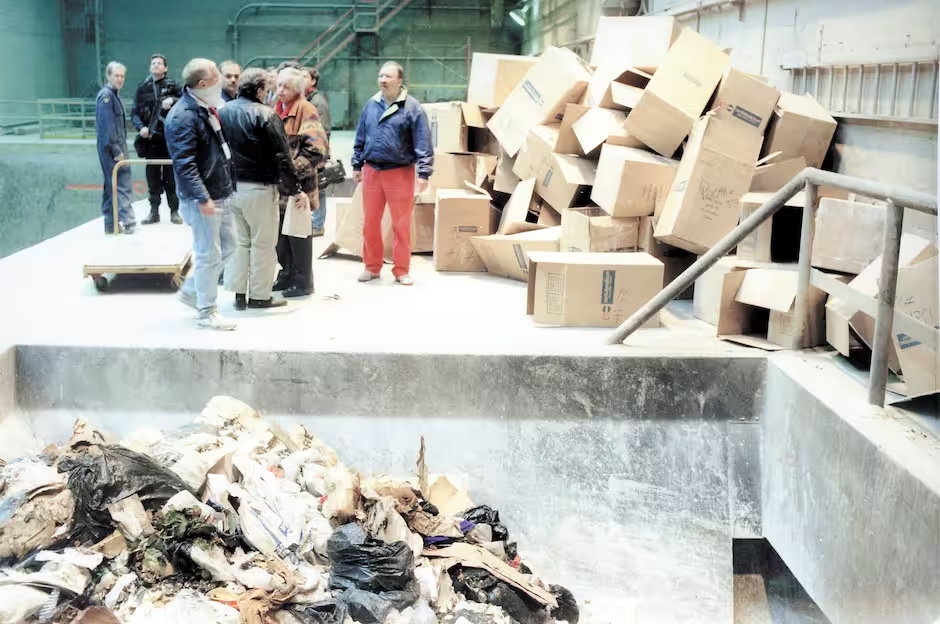
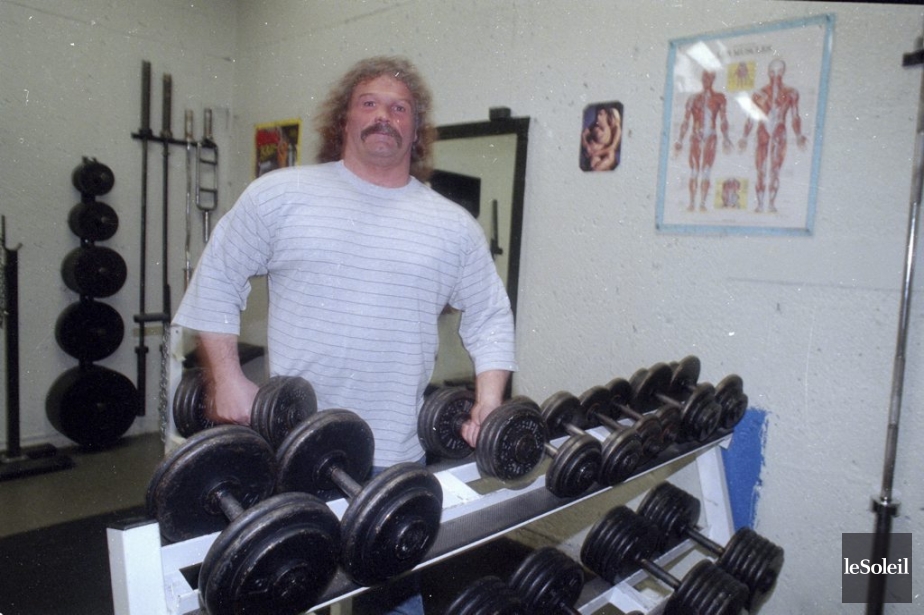
Although, Deschenes was in the same prison as Boulanger, Boulanger held no respect for him. It is rumored Deschenes had hired someone to go after Boulanger in the yard and hit him with a baseball bat. Deschenes was later badly injured by five men with baseball bats coming in from the yard to inside. Around this time, Boulanger had started a relationship with a prison guard that worked at Donnacona Penitentiary.
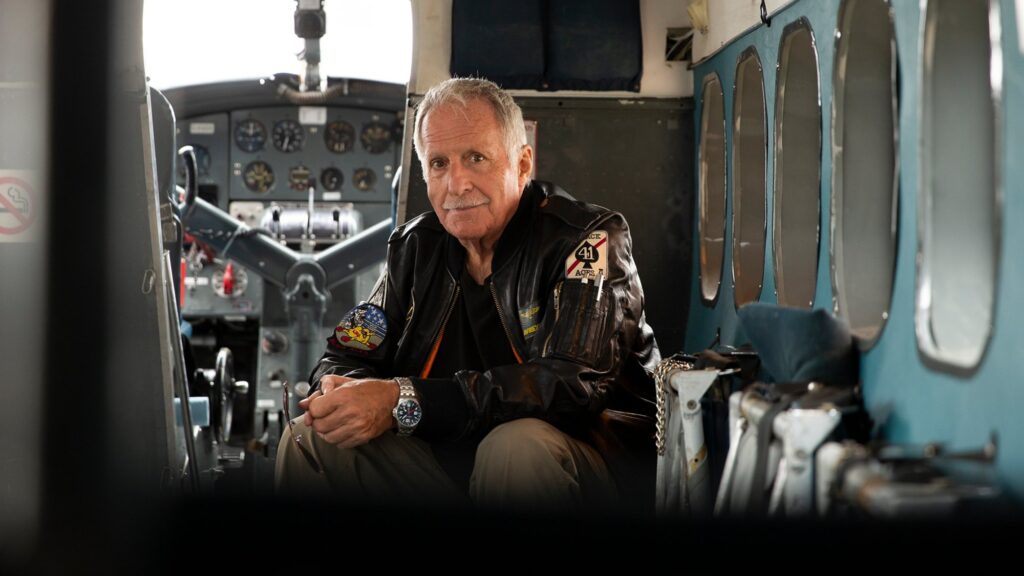
After 5 years, in July of 1998, with a sixth of his sentence being served, Boulanger was granted a little bit of freedom, being transferred to a halfway house. The crime Boulanger was convicted of was not a violent crime, nevertheless being a major one, this was the reason he was granted this privilege. Boulanger was transferred to a halfway house in the Hochelaga borough of Montreal. He recalls hating it there and would have rather stayed in prison. He had asked the court if he could be transferred to another halfway house, but the court denied his request. Hence, once granted a 4-day pass, he simply never returned to the halfway house. Bleaching his hair and shaving his signature moustache off.
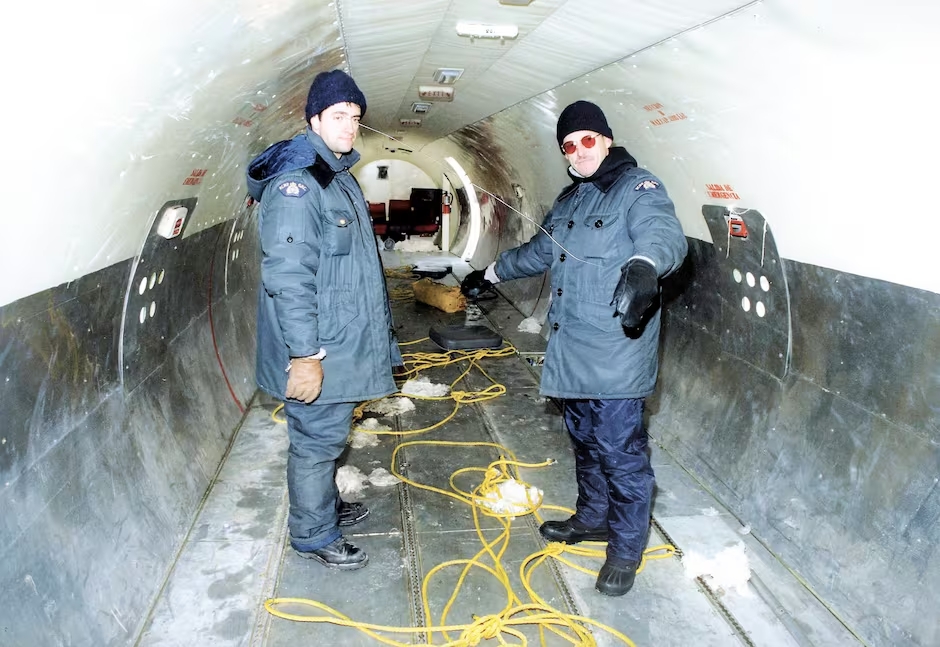
Where would a large-scale drug smuggler hide? The answer lies in where most of his crimes originated from, Colombia. During his time on the lam, he had met a women, who he confided with who his actual name was and career he participated in. The couple had settled down on a farm near Llano Grande. But in January of 2000, Boulanger was the victim of a kidnapping.
Boulanger had continued his career, flying for the Colombians, which is when a tire popped on the plane he was flying, upon a landing in Arauca. The territory in which the plane had malfunctioned was controlled by the National Liberation Army, a Marxist guerilla group founded in 1964 following the ideas of Che Guevara, and eventually turned to narco-trafficking.
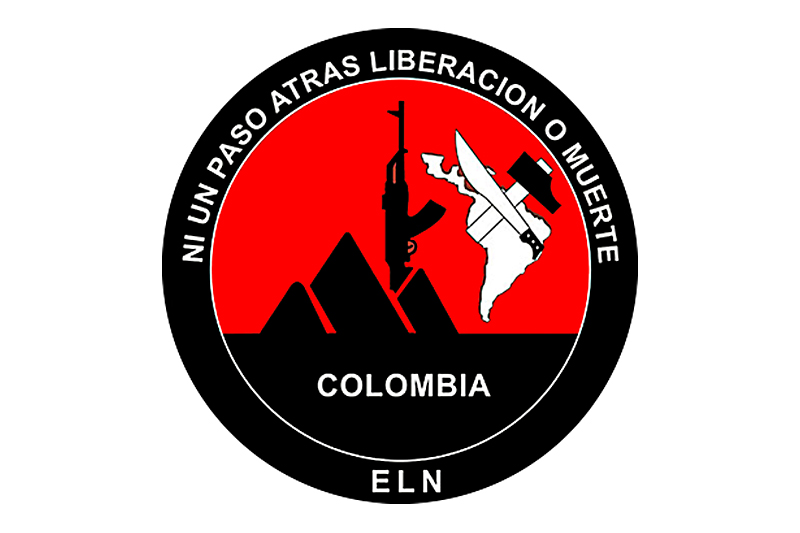
Vehicles swarmed the plane and the group had taken no time put a gun to Boulanger’s head to kidnap him. They drove Boulanger and his associate to a small remote village which is when the leader of the group, a man by the name of Camillia introduced himself. Boulanger had his Canadian passport on him which Camillia demanded. Upon examining the passport, Camillia mentioned how Boulanger was lucky to have been Canadian, because if he was and American, the would have executed him on the spot.
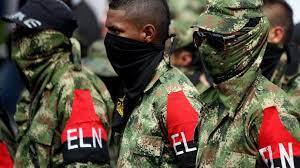
The National Liberation Army used Boulanger’s kidnapping for monetary gain. Ordering his girlfriend at the time to meet with them to start negotiations. A friend of Boulanger’s and ex-narco trafficker by the name of Elkin Echeverri Garcia stepped in to help. His girlfriend would negotiate with the help of Garcia, they had started the ransom for 5 million for both Boulanger and his associate. The amount dwindled down fast, reaching 30,000$. Boulanger and his associate were released. Boulanger was in captivity for upwards of a month.
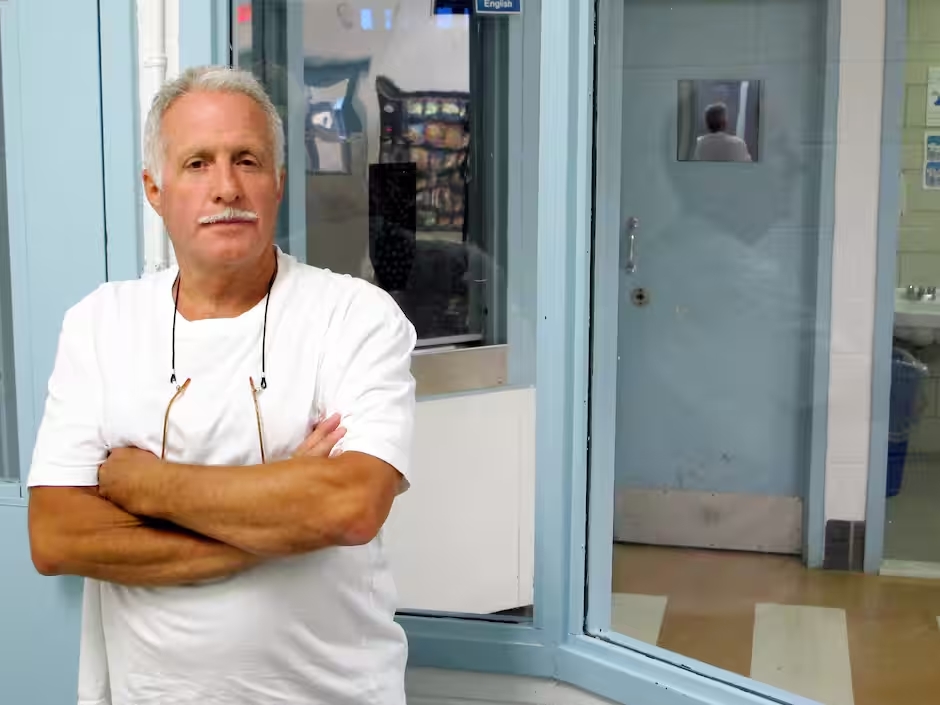
Boulanger had to go to Medellin after being released, he headed to the airport. An un-expected surprise waited for him when dozens of cop cars had swarmed the place. Canadian authorities had taken over. They shipped him back on a flight to Quebec and sent him back in prison, this time Cowansville Prison.
Boulanger was transferred from Cowansville to Sainte-Anne-des-Plaines Penitentiary throughout 2001. He was granted a job at 6.90$ an hour, most notably installing electrical lines outside of a church in Saint Hermas, under heavy supervision. Heavily supervised until the guards took their lunch break. On the 6th of July in 2001, while the guards were on their lunch break, Boulanger, once again, simply left.
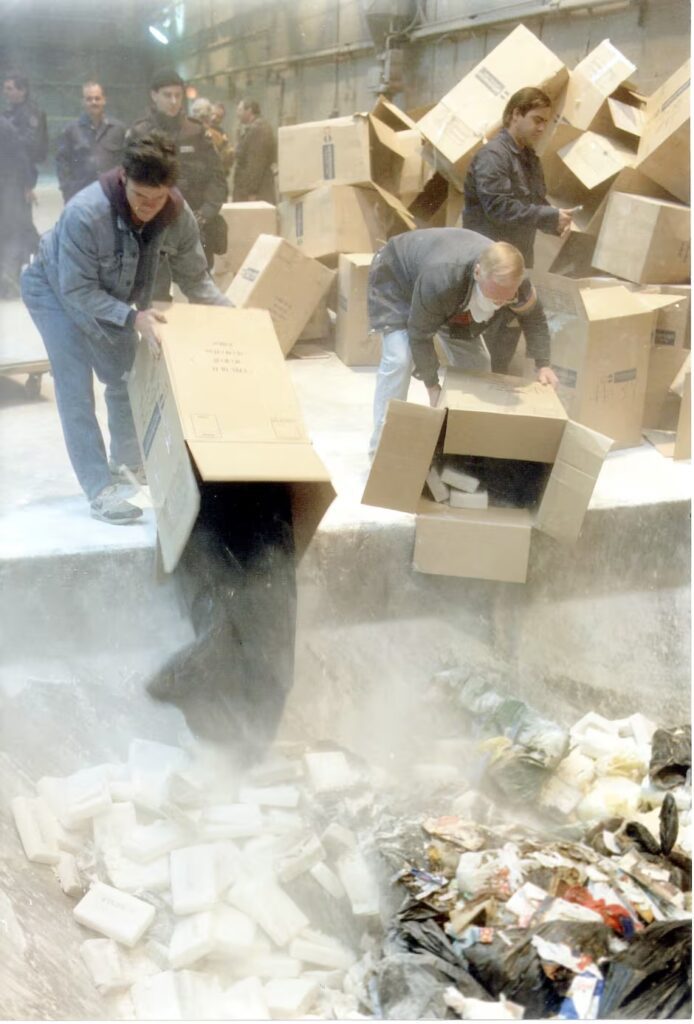
He headed to his cottage in Saint-Sauveur and popped the cork off a champagne bottle. His Colombian girlfriend was with him at the time of the celebration. Boulanger soon went back to his old ways and started working with the Colombian cartels once again during his time on the lam.
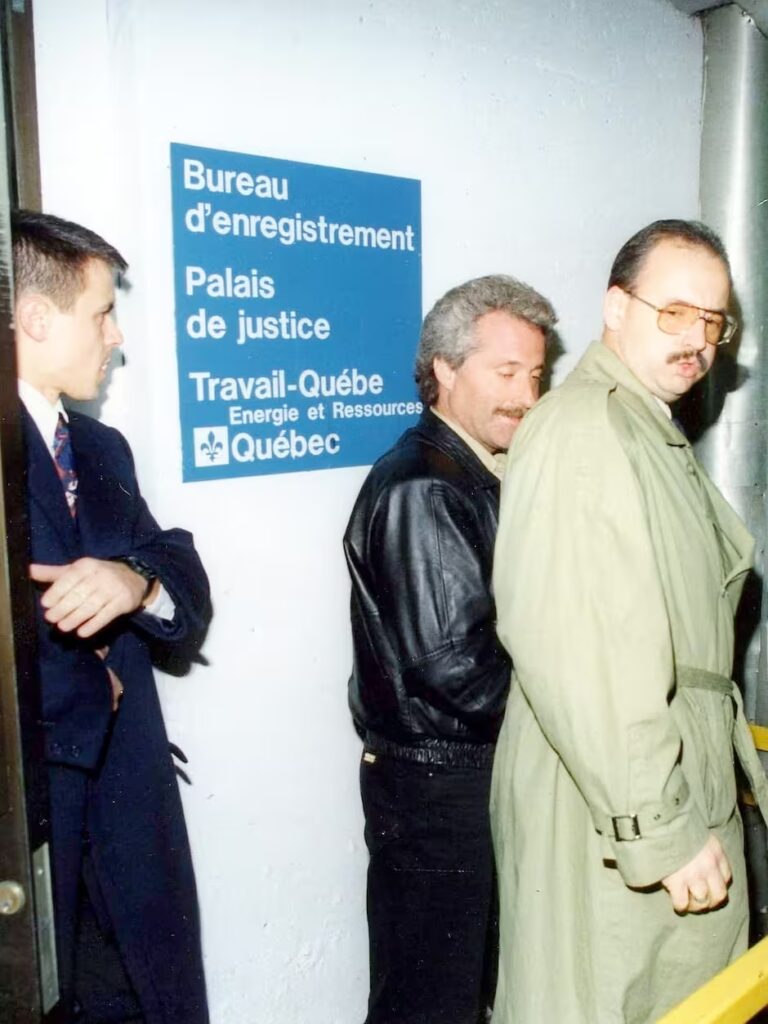
It would soon come to an end, when Raymond had to start taking care of his father in April of 2002. He showed up to a Western Union on Sainte-Catherine’s street in Montreal, hoping to cash a cheque. The clerk had asked for identification, in which he gave an expired license. The Western Union establishment then proceeded to call the police. This is when Boulanger was caught. Only 4 months had been added on to his sentence.
Boulanger had decided to not evade authorities after he was caught, to pay the bill as he would say. During his incarceration his father would pass away in 2006. He was released on the 21st of February in 2019. The bill was paid. After living an incredibly adventurous life, it was his turn for the media to put a spin on his story. It’s not like there would be anyone who could follow suite to this type of life. A character with the brass balls of Boulanger only occurs once in a century, but we’ll never know.
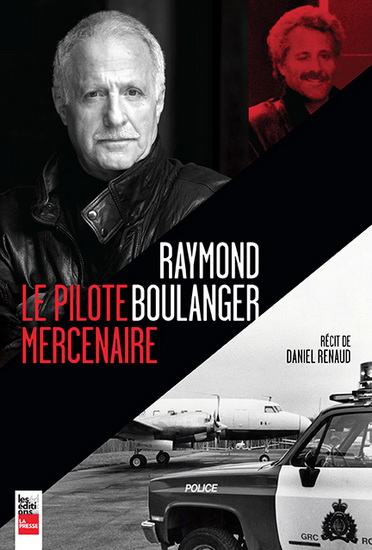
Boulanger tried entering Colombia once again after his release. Colombian authorities had detained him at the airport. Once he told them his name, sharpie’s started coming out and authorities wanted pictures and photos with him. He was sent back to Montreal. Boulanger was visibly hurt that he couldn’t reconnect with his Colombian girlfriend.
Raymond Boulanger, 76, passed away just last week, on the 19th of March, 2024. But it was a hail of bullets that brought him down, neither was it a twisted homicide, or even a plane crash. It was likely old age or the unspecified cancer he was dealing with throughout the past decade. He passed away peacefully in his condo in Old Montreal. He might’ve been a criminal who eased the cocaine trade in the 1980’s by a long-shot, but he has definitely secured his place in the history of Quebec
“Nobody escapes the sentence of life.” -Raymond Boulanger
